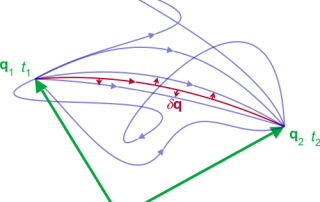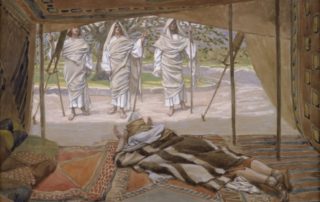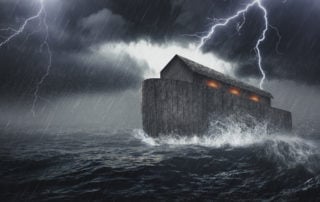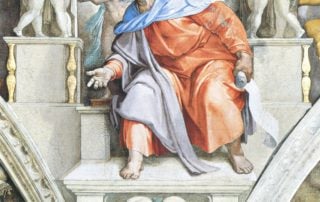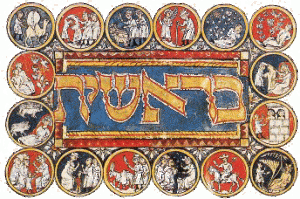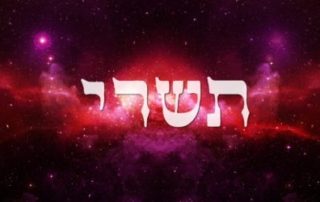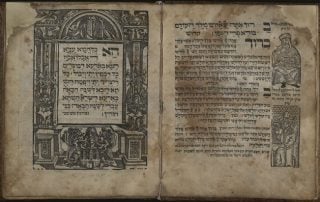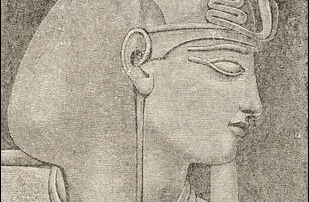Rosh HaShanah—the Beginning of Change I
It’s All in the Name Rosh HaShanah is usually translated as the New Year. When translated literally, it means the “Head of the Year.” In this essay, I suggest an alternative (almost literal) translation that reveals a new meaning. The word "rosh" is cognate with "reishit," meaning “beginning.” The word "shanah" is cognate with "shinui," meaning “change.” Therefore, Rosh HaShanah can be translated as the Beginning of the Change. Aristotle equated time with change (Physics). Change itself is unthinkable outside of time as change can only occur in time—first, there was something, and then, it became something else. So, change and time are essentially synonymous. Thus, we can translate Rosh Hashanah as the Beginning of Time. Moreover, what is the beginning? Any process extended in time has the beginning, the middle, and the end. However, what is the [...]

